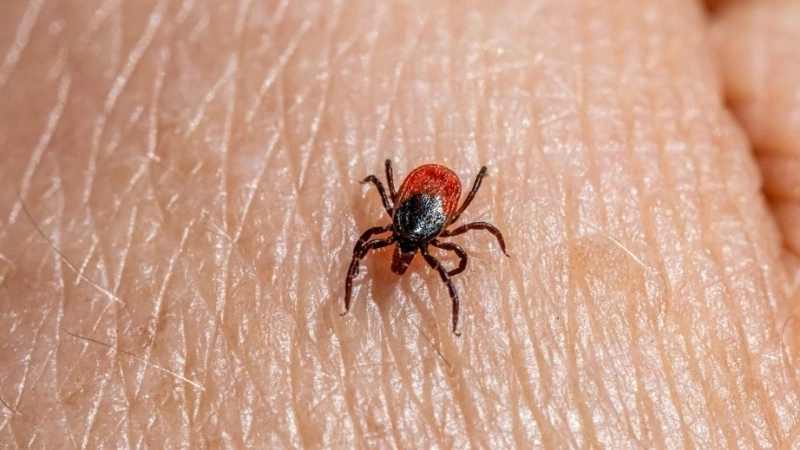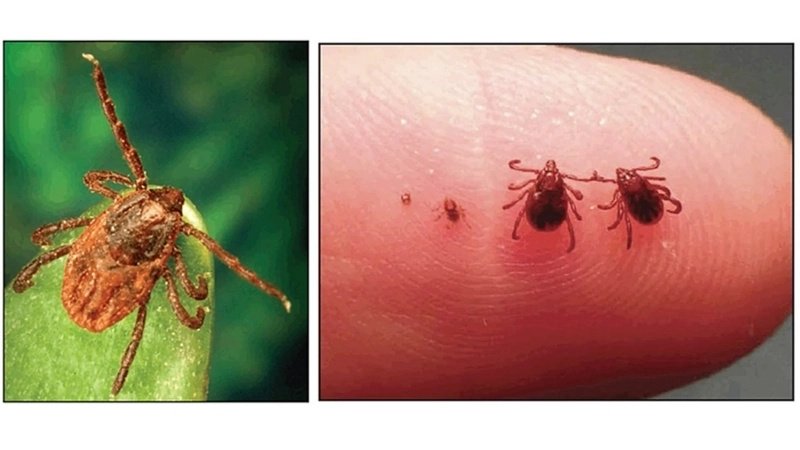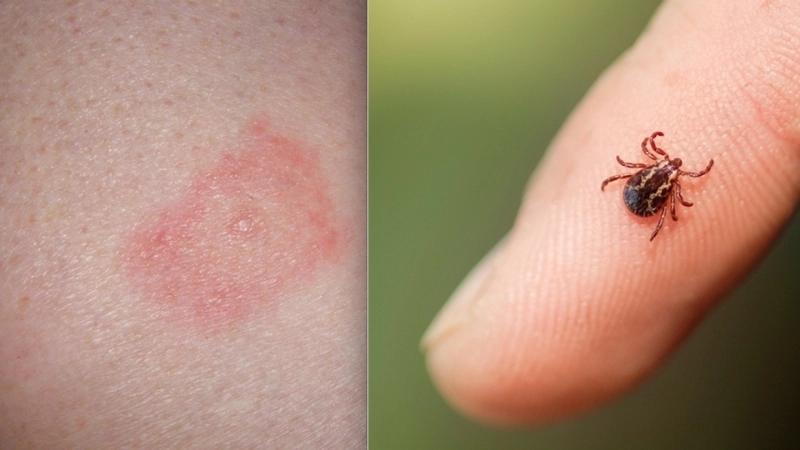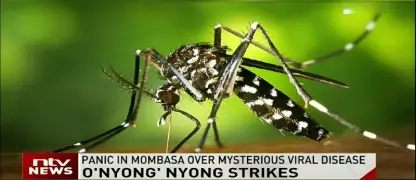Colorado tick fever is a viral illness transmitted by ticks. Knowing its symptoms, risks, and prevention strategies is essential for hikers, campers, and outdoor enthusiasts.
What are the main causes of Colorado Tick Fever?
- The disease is primarily transmitted through bites of infected Rocky Mountain wood ticks, which carry the virus in their saliva.
- People are more at risk in high-altitude regions where ticks are abundant during spring and summer months.
- Activities like hiking, camping, and outdoor work in tick-infested areas increase exposure to the virus.
Key symptoms of Colorado Tick Fever to watch for
- Sudden fever, chills, and body aches often occur within 1–14 days after the tick bite, signaling early infection.
- Headaches, fatigue, and muscle pain can persist for several days, sometimes appearing in a biphasic pattern.
- Nausea, vomiting, and skin rash are less common but may indicate the virus is affecting multiple body systems.

>>>Learn more: Understanding herpetic keratitis (Eye Herpes) symptoms
How can you prevent Colorado Tick Fever effectively?
- Wear long-sleeved shirts and long pants when in wooded or grassy areas to reduce tick bites.
- Use insect repellents containing DEET on exposed skin and treat clothing with permethrin for additional protection.
- Check your body, clothing, and pets thoroughly for ticks after outdoor activities, and remove any ticks promptly.
>>>Learn more: Epidemic Keratoconjunctivitis causes symptoms and care
Image description of Colorado Tick Fever
Colorado Tick Fever is a viral infection transmitted by ticks in mountainous regions. It causes fever, fatigue, and body aches, typically appearing after tick bites. Awareness and prevention are key.








>>>Learn more: Understanding viral conjunctivitis (Pink Eye) symptoms
Understanding Colorado tick fever can help you take preventive measures, recognize early symptoms, and seek timely medical care to reduce risks and ensure safer outdoor experiences.






